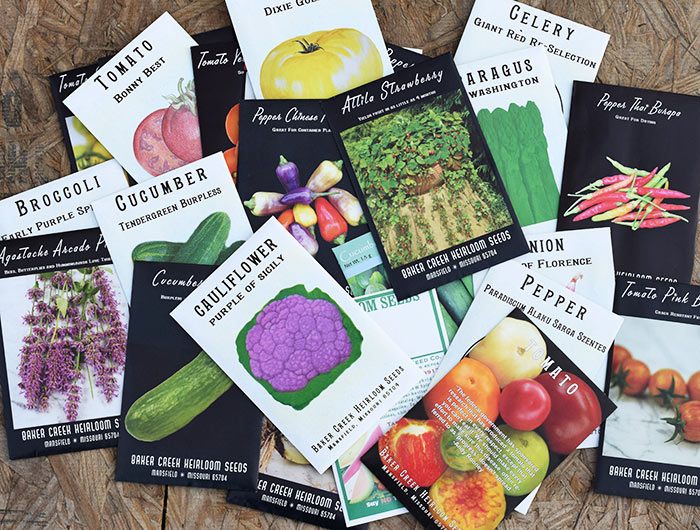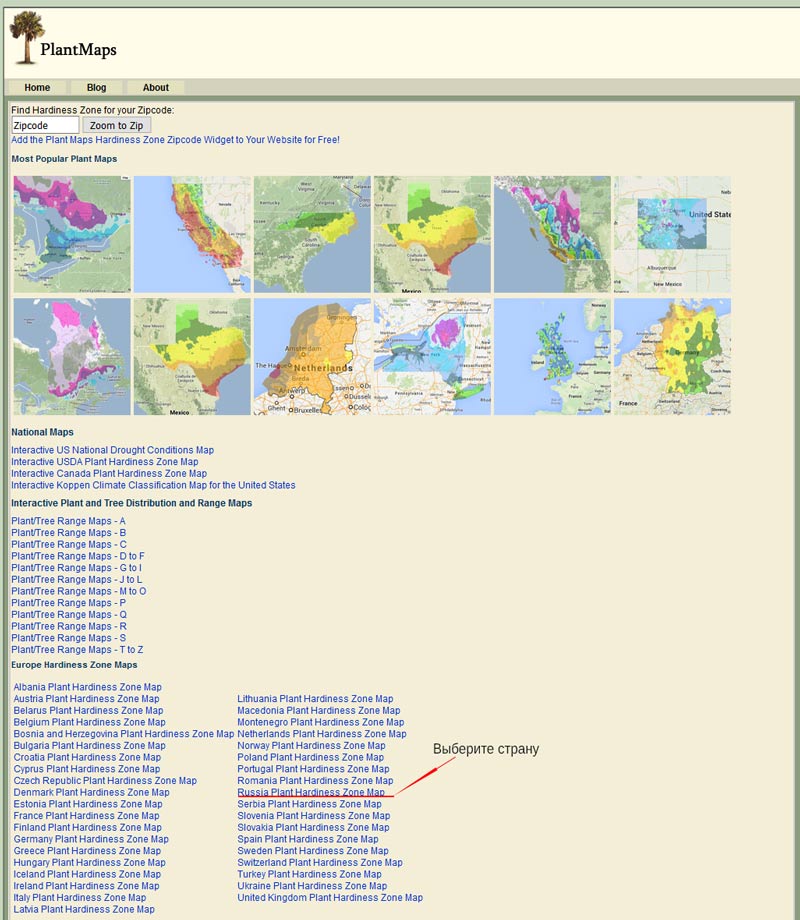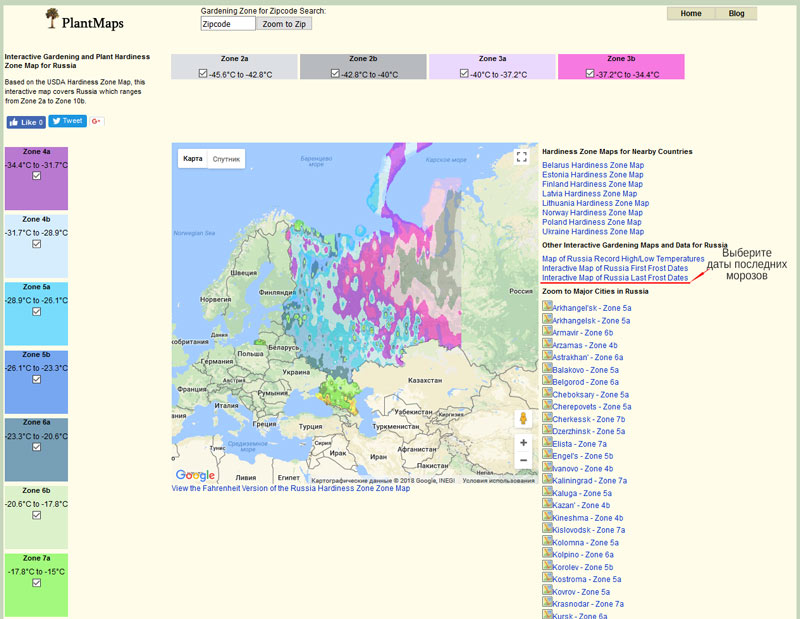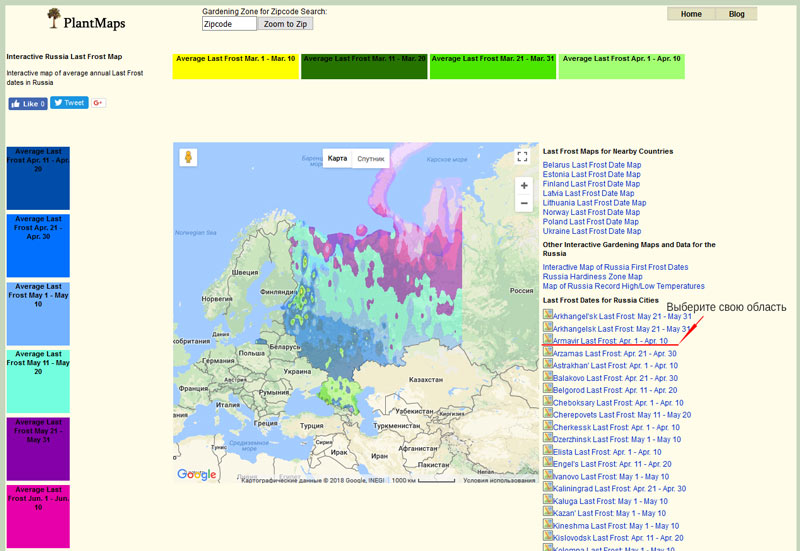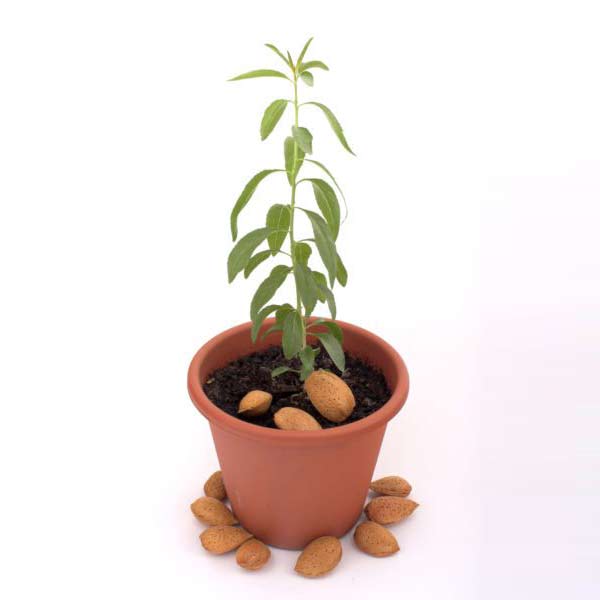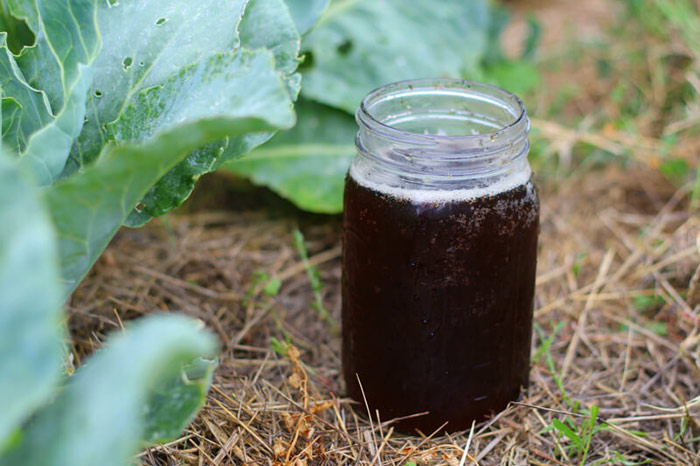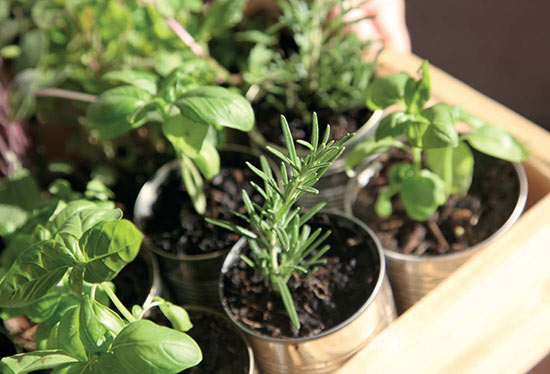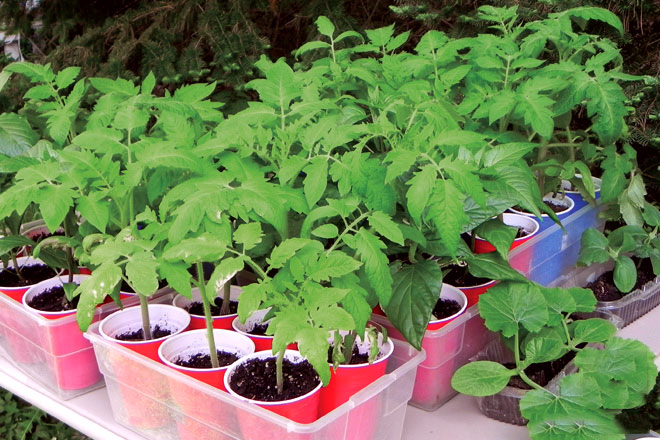Planning your first gardening season? Congratulations! This is a big deal! A healthy and bountiful harvest starts with successful seed sowing for seedlings.
There are several factors that significantly influence the quality of seedlings and their successful cultivation. Perhaps my notes will be helpful for beginners.
When to Sow? Focus on Your Climate Zone and Frost Dates
When purchasing seeds from online stores, you must pay attention to recommended climate zones . Buying seeds from China has become very popular, but these attempts often fail—the plants simply don’t suit the climate.
Two of the most important tools for determining sowing dates are plant hardiness zones and the dates of the first and last frosts, which define the plant’s growing season.
For example, the growing season in Alaska lasts only about 3 months, corresponding to hardiness zones 1 through 3. In zones 7 through 10, people can grow almost anything year-round.
While frost dates don’t matter much for perennial crops, they are crucial for annuals: some should be planted before the last expected frost dates, and others after the very last frosts.
I discussed climate maps in the article Zoning for Hardiness: What, Where, and When to Plant? . Now, let me elaborate on the second tool.
How to Determine Expected Dates of the First and Last Frosts
Favorable seed sowing dates are predicted in special calendars and charts built on various algorithms, which are not always strictly scientifically justified. In my opinion, the forecast for the last frosts is especially critical. The projected last frost dates are published on plantmaps.com . To find them, select your country from the list, then choose your region. Next, on the right, click “Interactive Map of Last Frost Dates” and locate your area, for instance, Sevastopol’s Last Frost: Mar. 21 - Mar. 31. Below are screenshots illustrating these steps.
On this website, you can find your climate zone, the first and last frost dates, the highest and lowest recorded temperatures, and more. There are probably also Russian-language resources offering similar forecasts.
Different sources may provide slightly varying projected dates. Use an average date as your starting point. Having a rough forecast allows you to confidently plant an autumn garden (spinach, broccoli, garlic for greens…) or avoid harvesting immature pumpkins too early.
2. Create a Seed Sowing Schedule. It’s very convenient to maintain a table with the following data: plant name, number of plants (seedlings), sowing date, germination date, transplanting date, and planting date in open soil. Seed packets almost always contain instructions on when to sow indoors and when to transplant outdoors.
Quality and Freshness of Seed Material
The freshness of seeds is crucial for most cultivated plants. Check the packaging date—aim for seeds no older than one and a half to two years. Seed quality is just as important as freshness. If you’re unsure about purchasing elite seeds, try an experiment: buy the cheapest packet of a specific variety at a supermarket and another packet of the same variety from a reputable seed company. Compare the seeds by size, color, uniformity, and presence of chaff. Perform a germination test using moist gauze. Over three years of windowsill gardening, I’ve never regretted spending a little extra for high-quality seeds.
Following Manufacturer Recommendations
Don’t ignore the instructions on the packaging. Most recommendations on seed packets include the minimum necessary for successful seed sowing: sowing depth and spacing, watering requirements, light needs, germination days, and guidance on when and in which zone to grow. Some manufacturers even specify the germination temperature, transplanting time, and thinning instructions.
General Rules for Proper Sowing
Some crops, such as carrots, spinach, lettuce, corn, beets, radishes, beans, and peas, should be sown directly into the ground, as they don’t transplant well and won’t benefit much from early sowing. In climate zones with a short warm period, it is nearly impossible to manage without seedlings for almost everything (except, perhaps, parsley and dill). A viable solution can be biodegradable containers. Nowadays, you can find papier-mâché pots for seedlings or peat containers almost everywhere, which allow planting seedlings directly into the soil.
Next steps: soil for seedlings and containers .
